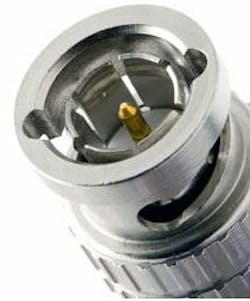GenICam standard now supports ARM processors
With the prevalence of both mobile and embedded technologies, the GenICam technical committee has concluded that the standard should provide support forARM (Cambridge, UK) processors.
The Cambridge company designs and licenses its IP rather than manufacturing and selling semiconductor devices. The company’s partners then use the IP to create and manufacture system-on-chip designs, paying ARM a license fee for the original IP and a royalty on every chip or wafer produced.
To date, the company has been highly successful -- its IP is now used in a variety of consumer and industrial products -- including many vision systems such as thedriver assistance system from MobilEye Vision Technologies (Amstelveen, the Netherlands).
In a related move, the GenICam technical committee has also increased the speed with which software can connect to cameras and other devices, as well as providing support for the anticipated release of Camera Link 2.0.
The goal of the GenICam standard is to provide a generic programming interface for all kinds of cameras. No matter what interfacing technology (GigE Vision, Camera Link, 1394 DCAM, USB3 Vision, CoaXPress) is being used or what features are implemented, the application programming interface (API) should be always the same.
The GenICam standard is hosted by the European Machine Vision Association (EMVA). Today, more than 100 companies from all over the world are part of the initiative. More information about the GenICam 2.3 standard is available here.
-- by Dave Wilson, Senior Editor,Vision Systems Design
